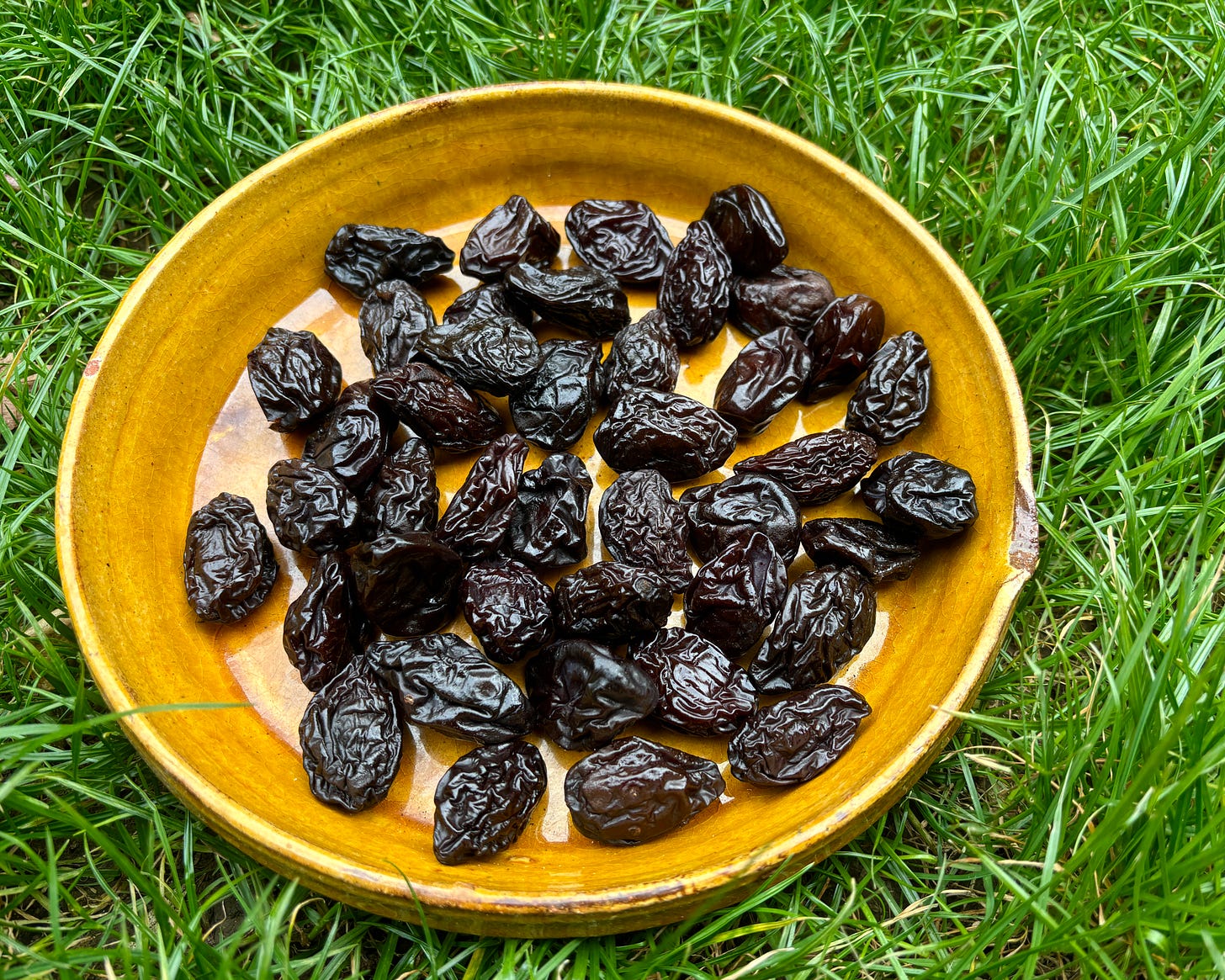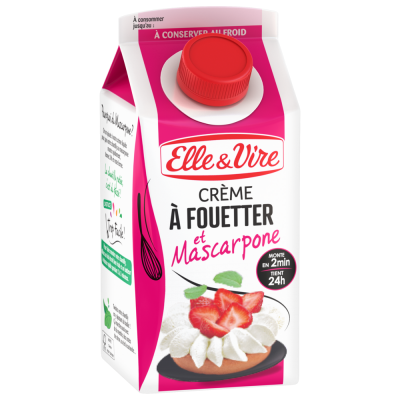Wait, what?—Prunes in tiramisù?
I saw in a recent newsletter of
that she saved, and recently posted, a 10-course (!) menu from Chez Panisse served on March 25, 1984. There was shellfish served with truffled olive oil, calves’ brains, noodles with pigeon essence, and salad with balsamic vinegar from 1951 on the menu—things I don’t think were on too many American menus back then.Ruth attached the menu to a great article on Jonathan Waxman, who was a chef at Chez Panisse, but 1984 was a little after I started, and Paul Bertolli was taking over, so he may have been the chef for that dinner. (She didn’t attribute the menu to either chef.)
During his trial meal, before he was hired, Paul apparently left a piece of butcher string in a piece of meat that was served to owner Alice Waters during the test lunch. Nevertheless, he got the job, and he was really a great cook, who also wrote two highly acclaimed books, Chez Panisse Cooking (presumably without string) and Cooking By Hand. He taught me how to make risotto (turkey stock, he told me, was the key) and brought an Italian sensibility to the food at Chez Panisse, which had been mostly focused on France.
If my memory serves me correctly, the idea of this dessert may have come from Paul, but I’m not 100% sure. In my recipe book…
…I found a handwritten “recipe” that consisted of how it was put together, and in what order, but there wasn’t a precise list of ingredients and quantities.
When you make desserts in a restaurant, it doesn’t matter if you have a bit of chocolate leftover or a few ladyfingers, as you’ll use them for something else, or for staff snacks. But home bakers don’t want to put together a layered cake and find they have a cup of filling left over. Tiramisù is a forgiving dessert (with chocolate, coffee, liquor, and mascarpone, how could it not be?), but I’m particularly fond of this one, with prunes.
Tiramisù hit the ground running in the U.S. in the ‘80s or ‘90s, and like balsamic vinegar, it seemed to be everywhere. It’s become popular again, especially in France, where it’s so popular you can find whipping cream mixed with mascarpone sold in grocery stores, ready to go.
And you can also buy ladyfingers at the supermarché, too. We used to make them ourselves at the restaurant, but the store-bought ones aren’t bad, and the ones on the left, les biscuits à la cuillère, I get at my local responsable (responsibly sourced) food store.
Tiramisù means “pick me up” in Italian and lives up to its name thanks to a mixture of strong coffee and liquor. I use several long espresso, or espressi, for this, which means I hold the button on the machine down and let more coffee get extracted than for a traditional espresso. (Which should take 20 seconds to make and result in 25ml, just short of 2 tablespoons, which I learned when I went to coffee school in Italy and is how I make it at home.)
In France, the coffee culture is different than in Italy, and people like their café express long, and when you order a café express (aka café noir or p’tit express), they invariably fill the little cup almost to the rim, which I think allows customers to linger longer with it.
If you don’t have an espresso machine, you can use a moka pot or one of the good instant espresso coffees that are now available and mix it to taste. But remember: strong is the keyword here.
Prunes have a stodgy reputation in the U.S., and they were rebranded in 2001 as dried plums, which sent those of us who write recipes into a tailspin. The name didn’t quite stick, and they’re back to being called prunes, which don’t need any rebranding in France. Pruneaux d’Agen are considered delicacies and are the most delicious treats you can imagine.
Although you can find them in any supermarket, there’s a chain of stores dedicated to selling only prunes, La Boutique du Pruneau, that has a shop in Paris. And if you really want to enjoy a prune, the prune-stuffed prunes are a special treat. (They also sell them at G. Detou in Paris.) I don’t want to name-drop, but I introduced a famous Hollywood director to them and send her a tin occasionally when I head back to the States because she fell in love with them when she came to Paris, and they’re hard to get in the U.S.
Speaking of things that are French, this is a dessert that you want to have a mis en place for, which means “everything in its place.” Get the prune puree, mascarpone cream mixture, chopped chocolate, ladyfingers, and liquor-spiked coffee mixture ready before you begin. Then start layering and spreading.
One tool that will help with the job is a small offset spatula. For years, in the restaurant business (where most of the kitchen staff have the humor of a 12-year-old), they were referred to as “bent Dicks” because they were made by a company called F. Dick, whose name was prominently stamped on the blade.
I guess if you’re going to call your company that, you should expect a little ribbing about it, especially if the tool is going to be used in professional kitchens.
Keep reading with a 7-day free trial
Subscribe to David Lebovitz Newsletter to keep reading this post and get 7 days of free access to the full post archives.













